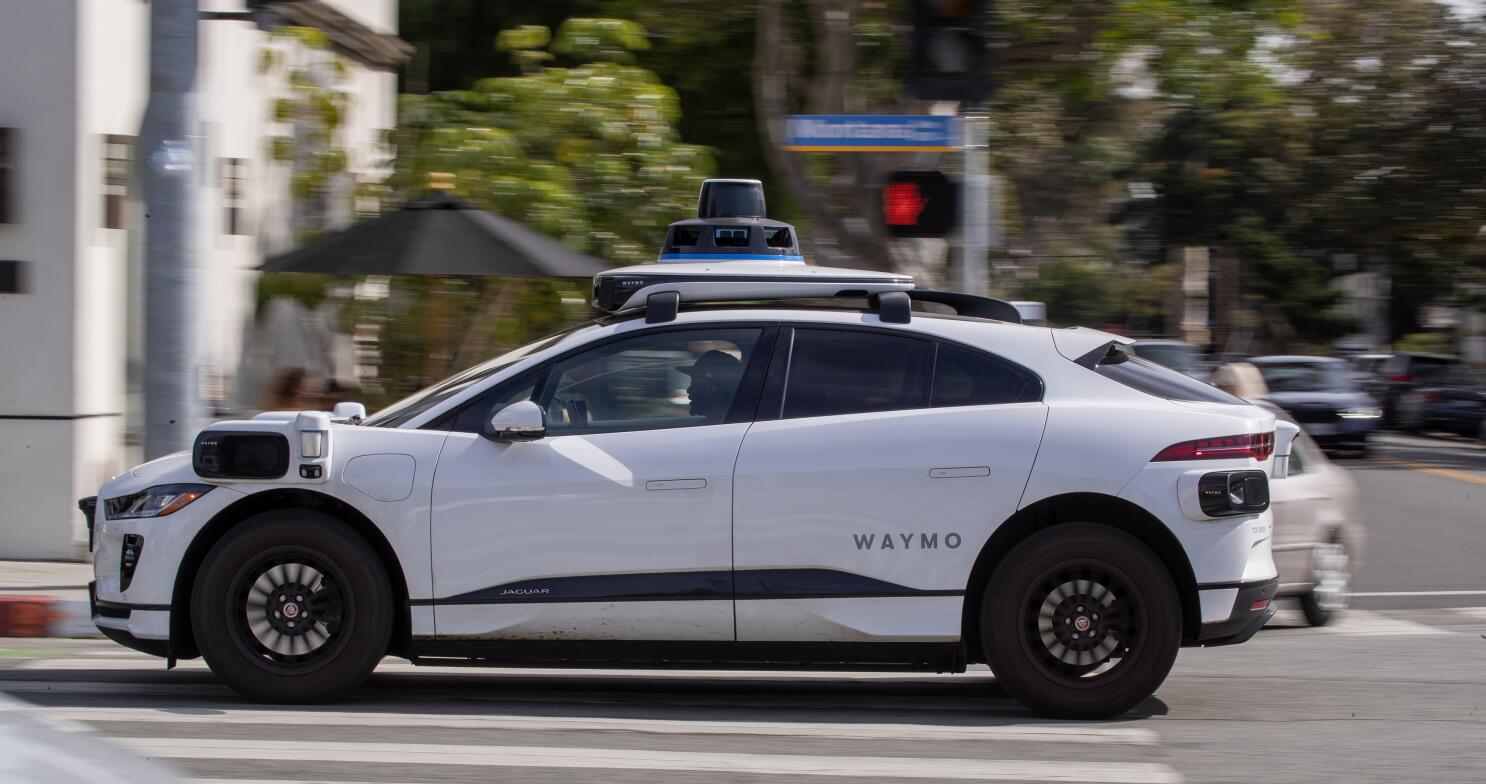
In San Francisco’s Chinatown, an autonomous vehicle (AV), part of Alphabet subsidiary Waymo’s fleet, became the target of a mob’s fury, suffering vandalism and ultimately being set on fire. This act of destruction has drawn parallels to historical acts of technological resistance, echoing the 19th-century Luddites’ destruction of machinery they viewed as a threat to their livelihoods.
What Sparked the Lunar New Year’s Autonomous Vehicle Attack?
The incident in San Francisco is not merely an isolated expression of discontent but signals a broader societal debate over the role and impact of autonomous vehicles in urban environments. San Francisco, along with Phoenix and Austin, has become a significant testing ground for these technologies. However, the journey has been anything but smooth. The deployment of driverless taxis has sparked frustrations among residents, exacerbated by incidents of traffic disruption, obstruction of emergency vehicles, and involvement in accidents, raising serious safety concerns.
A Series of Unfortunate Events
The confrontation at the Lunar New Year celebration underscores a deep-seated skepticism about the integration of autonomous vehicles into daily life. This skepticism is fueled by a series of troubling incidents involving AVs:
- Pedestrian Injury Incident: A Cruise AV operated by General Motors struck a pedestrian and causing serious injuries.
- Investigations: The incident led to investigations by state and federal officials, highlighting concerns over AV safety protocols.
- Public Concerns: Incidents of traffic disruption, obstruction of emergency vehicles, and involvement in accidents have exacerbated public skepticism towards AVs.
The Industry’s Response and Challenges
Furthermore, the recent recall of hundreds of AVs by both Waymo and Cruise due to technical failures highlights the challenges facing the industry. These setbacks not only raise questions about the readiness of AV technology for widespread adoption but also erode public trust in the safety and reliability of autonomous vehicles. The withdrawal of Chinese company Didi from California’s AV testing program, possibly influenced by the stringent regulatory environment following the Cruise accident, further illustrates the complexities of navigating the technological and regulatory landscape for autonomous vehicles.
- Recalls and Investigations:
- Regulatory Actions:
- California’s DMV suspended Cruise’s permit for public road testing.
- Didi halted its AV testing program in California, possibly due to a harsher regulatory climate.
- Technical Challenges:
- AVs struggle with unusual situations that human drivers can easily navigate.
- Technical failures have led to accidents and near-misses, undermining public confidence.
Can the Autonomous Vehicle Industry Rebuild Public Trust?
At the heart of the public’s apprehension towards autonomous vehicles lies a combination of safety concerns and a sense of alienation from the technological advancements championed by Big Tech. High-profile failures and accidents involving AVs have intensified this apprehension, leading to a situation where the technology’s potential benefits are overshadowed by fears of unpredictable and erratic behavior on the roads. This sentiment is echoed by San Francisco residents and activists who have voiced their opposition to AVs, citing disruptions and safety risks.
| Challenges Faced by AV Industry | Steps to Rebuild Public Trust |
|---|---|
| High-profile failures and accidents | Rigorous testing and transparent communication |
| Erosion of public trust due to perceived safety issues | Demonstration of AV technology’s integration into urban life |
| Skepticism towards technological advancements by Big Tech | Emphasizing safety and public engagement in testing and deployment |
| Fear of unpredictable and erratic behavior on the roads | Statistical analyses and real-world demonstrations proving AV safety superiority over human drivers |
Related News:
Featured Image courtesy of Waymo, Allen J. Schaben, Los Angeles Times
